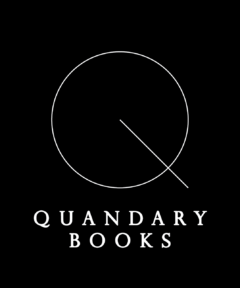Joseph Wright painted The Alchymist in search of the Philosopher’s Stone discovers Phosphorus in 1771. This seems a curious choice for the ‘Enlightenment Period’, since it harks back to obscure and discredited practices from which his contemporaries dissociated themselves.
Wright had recently been living in Liverpool where he met Dr Matthew Turner, who had introduced Joseph Priestley to the study of Chemistry. Turner was aware how the mediaeval Alchemists had occasionally stumbled upon important discoveries. Hennig Brandt’s discovery of the self-luminous Phosphorus in 1669 was the most dramatic of these, and the one most calculated to appeal to Wright. But the actual nature of phosphorus was not understood when Wright first painted the picture.
Brandt had boiled down a vast quantity of urine, before subjecting the residue to extreme processes which led to the production of the ‘magical’ substance. This monograph explores the framework of the Alchemists’ ideas, and uses an early 18th century account of Brandt’s process to explain features in Wright’s painting which have previously been overlooked or misinterpreted.
The Alchymist failed to sell: indeed it remained unsold at Wright’s death. However he had reworked it two years earlier, altering certain small details. This monograph explores the importance of two of these apparently small but actually quite significant changes. It also considers whether the reason the painting failed to sell during Wright’s lifetime reflected a reluctance by the emerging ‘scientific establishment’ to recognise the problematic roots of the new Chemistry.
The monograph concludes with a brief discussion of C.J.Jung’s psychological reinterpretation of Alchemy, an examination of the significance of Isaac Newton’s alchemical work, and an account of our present knowledge of the synthesis of the chemical elements, raising the question whether we have accomplished what the alchemists were seeking.
This mini-monograph is developed from a lecture given by Professor Powers at the Derby Museum and Art Gallery on 23rd November 2016.
Many colour and b/w illustrations
ISBN 978-0-9545779-3-3
Published February 2017, Second Edition 2018, reprinted 2020
Purchase from Derby Museums Shop http://derby-museums.myshopify.com/collections/frontpage

